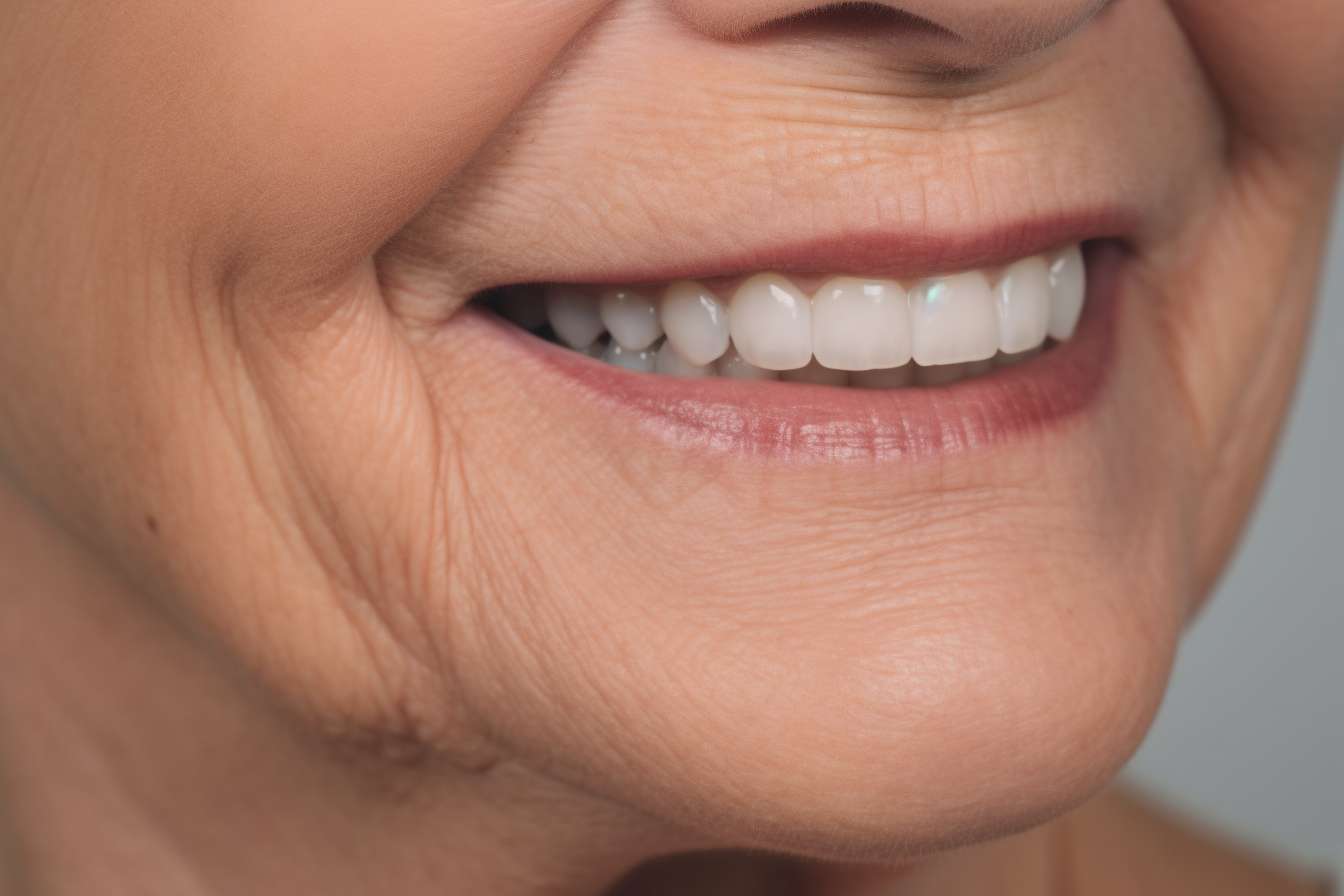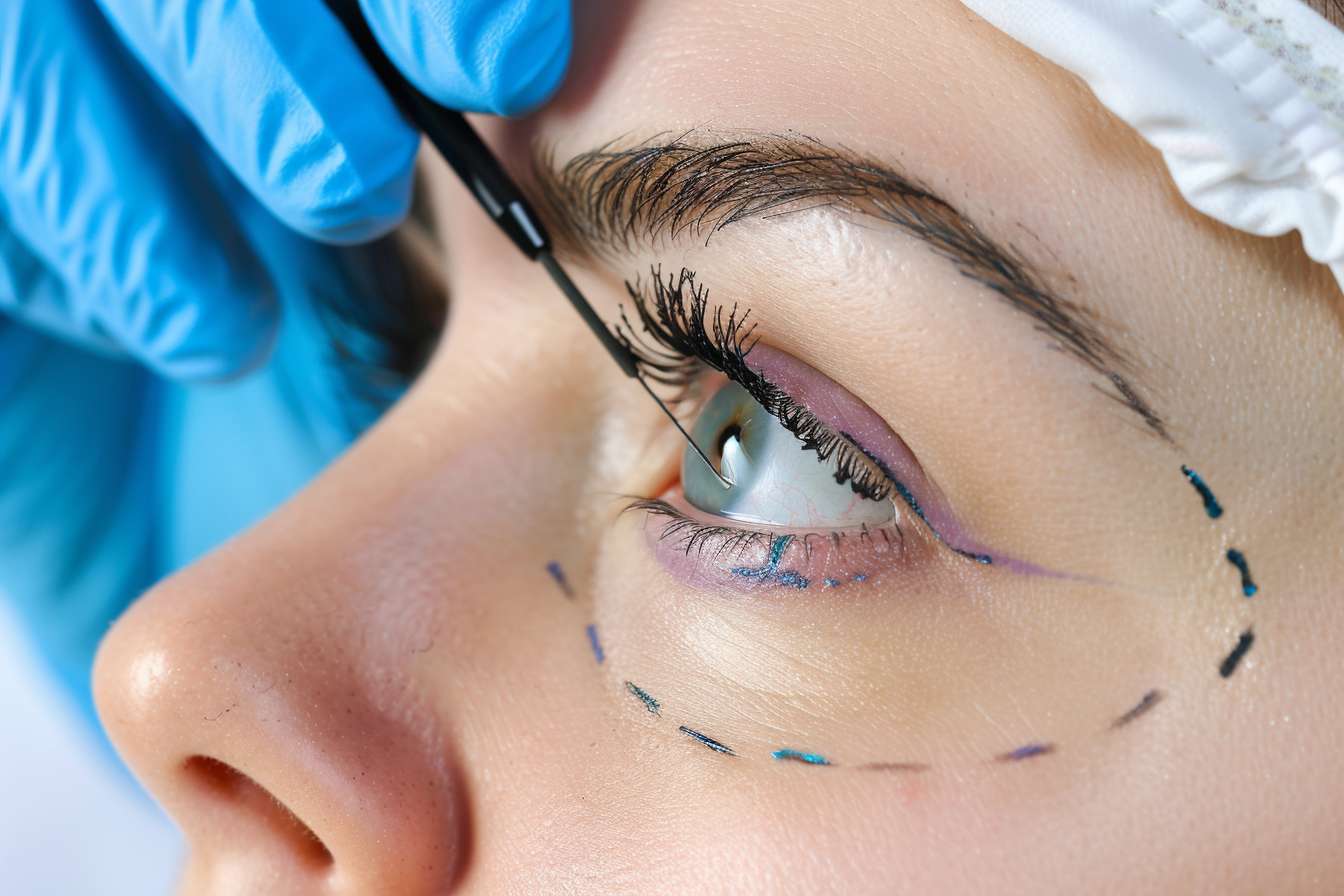Find the Right Dental Braces for Every Age Group
Dental braces have evolved significantly over the years, offering specialized solutions for patients of different ages and needs. Whether you're a parent considering orthodontic treatment for your child, a teen concerned about appearance during treatment, or an adult seeking alignment correction, understanding the available options can help you make an informed decision. This comprehensive guide explores various braces and dental splint options suitable for different age groups, considering factors like effectiveness, appearance, comfort, and cost considerations.

Braces Options for Kids and Early Orthodontic Care
Early orthodontic intervention can often prevent more serious issues later in life. The American Association of Orthodontists recommends children have their first orthodontic screening by age 7. At this stage, orthodontists can spot developing problems with jaw growth and emerging teeth while some baby teeth are still present.
For children, traditional metal braces remain a popular and effective choice. These consist of metal brackets attached to each tooth, connected by wires that gradually shift teeth into proper alignment. Modern versions are smaller and less noticeable than those from previous decades. Some feature colored elastic bands that allow children to express themselves, making the treatment experience more enjoyable.
Space maintainers are another important early orthodontic solution. When a child loses a baby tooth prematurely, these devices keep the space open for the permanent tooth to erupt properly. They’re typically made of metal or acrylic and can be fixed or removable depending on the child’s specific needs.
Affordable Braces Choices Designed for Teens
Teenagers often worry about their appearance during orthodontic treatment. Fortunately, several affordable options exist that balance effectiveness with aesthetic concerns. Traditional metal braces remain the most cost-effective solution, with prices typically ranging from $3,000 to $7,000 depending on treatment complexity and location.
Ceramic braces offer a less visible alternative to metal braces at a moderate price increase. These function like traditional braces but use clear or tooth-colored brackets that blend better with natural teeth. Ceramic braces typically cost between $4,000 and $8,000.
Self-ligating braces are another option gaining popularity among teens. These don’t require elastic bands, as the brackets themselves have built-in clips that hold the archwire. This design can mean fewer adjustment appointments and potentially shorter treatment times. Cost typically ranges from $4,000 to $8,000.
Invisible Aligners as an Alternative for Pre-teens
For pre-teens with mild to moderate orthodontic issues, invisible aligners have become an increasingly popular option. These clear plastic trays gradually move teeth into proper alignment while remaining nearly invisible. Not all pre-teens are candidates for this treatment, as it requires a certain level of dental maturity and responsibility to wear the aligners consistently.
Invisalign First is specifically designed for growing children aged 6 to 10. This system addresses issues like arch development, crowding, spacing, and certain bite problems while accommodating erupting teeth. Treatment typically involves wearing aligners for 22 hours daily, changing to new sets every 1-2 weeks.
Clear aligner treatments designed for younger patients often incorporate special features like eruption compensation, which allows space for permanent teeth still emerging. They may also include compliance indicators that help parents monitor proper wear time.
Clear Aligners Suitable for Young Adults
Young adults often prioritize aesthetics during orthodontic treatment, making clear aligners particularly appealing to this age group. These removable trays offer the advantage of being virtually invisible while allowing for normal eating, brushing, and flossing.
Several clear aligner systems are available for young adults, including Invisalign, ClearCorrect, and SureSmile. These systems use a series of custom-made trays that progressively shift teeth into alignment. Treatment typically takes 12-18 months for moderate cases, with costs ranging from $3,500 to $8,000 depending on complexity.
The convenience of clear aligners makes them particularly suitable for young adults balancing work, education, and social commitments. However, discipline is required as aligners must be worn 20-22 hours daily to achieve optimal results. Some complex cases may still require traditional braces or a combination approach.
Orthodontic Treatment Plans and Cost Comparison for Adults
Adults seeking orthodontic treatment have more options than ever before, though considerations like treatment duration, appearance, and cost vary significantly across different methods.
| Treatment Type | Average Cost Range | Treatment Duration | Visibility |
|---|---|---|---|
| Traditional Metal Braces | $3,000-$7,000 | 18-36 months | Most visible |
| Ceramic Braces | $4,000-$8,000 | 18-36 months | Moderate visibility |
| Lingual Braces | $8,000-$12,000 | 18-36 months | Hidden (behind teeth) |
| Clear Aligners (Invisalign) | $4,000-$8,000 | 12-18 months | Nearly invisible |
| Clear Aligners (Generic) | $2,000-$5,000 | 12-18 months | Nearly invisible |
Prices, rates, or cost estimates mentioned in this article are based on the latest available information but may change over time. Independent research is advised before making financial decisions.
For adults, treatment considerations extend beyond aesthetics and cost. Work commitments may limit the ability to attend frequent adjustment appointments, making options like clear aligners or self-ligating braces more practical. Additionally, adults may have existing dental work like crowns or bridges that complicate treatment planning.
Many dental insurance plans offer partial coverage for adult orthodontics, typically between $1,000-$3,000 of the total treatment cost. Flexible spending accounts (FSAs) and health savings accounts (HSAs) can also be used to pay for orthodontic treatment with pre-tax dollars, reducing the overall financial burden.
Dental splints represent another treatment option for adults, particularly those dealing with TMJ disorders, bruxism (teeth grinding), or as post-orthodontic retainers. These custom-made devices typically cost between $300-$800 and may be partially covered by dental insurance when medically necessary.
Choosing the right orthodontic treatment involves balancing factors like cost, appearance preferences, lifestyle needs, and the specific dental issues being addressed. Consulting with an orthodontist who offers multiple treatment modalities can help determine the most appropriate option for your age group and unique circumstances.
This article is for informational purposes only and should not be considered medical advice. Please consult a qualified healthcare professional for personalized guidance and treatment.




